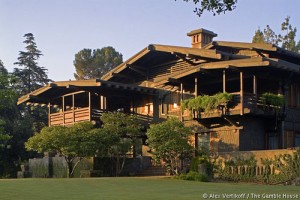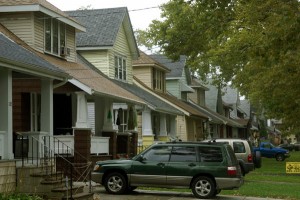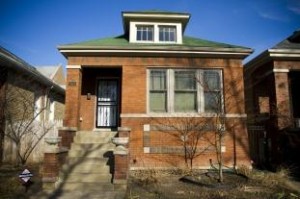American homes have seen many stylistic changes since 1600. The American Colonial, known for its sloping roofs and spacious interiors were popular for roughly 200 years before a new style, the Classical, known for the use of “Democratic” Grecian-style pillars emerged. These home-styles were very popular but only affordable by the upper class. Lower class citizens were often forced to live in dingy urban settings where they were exposed to disease and pestilence. It wasn’t until the early 1900’s that the American middle class began to emerge, carving a social niche between the upper class and the lower class; and it was the Bungalow style home that led their residential charge.
The history of the Bungalow can be tracked back to the 1600’s. Originally created in Bangladesh, the Bungalow style was seen by British colonists as the perfect shape for a cottage, or summer home. The outdoor room, as defined by the porch, was seen as highly practical and symbolic of good health, awareness of nature, and appreciation of a simplified lifestyle. Even today, the classic image of a cottage is that of a bungalow-style home.
The American Bungalow
Despite their appeal to the British as cottages and vacation homes, no one had considered using them as full time residences. That is, until 1905 when Charles Sumner Greene and Henry Mather Greene began mass-producing bungalow floor plans to accommodate the booming American middle class.
It didn’t take long for Bungalow-style homes to catch on. Soon the Bungalow rose to define the emerging middle class as a whole. Though wildly popular in California, perhaps the region that best describes bungalows is Chicago.
The Chicago bungalow offers a fairly similar interior space as the California bungalow except that Chicago bungalows often have indoor living rooms where California bungalows had verandas (porches). Why was this? Well, because Chicago gets pretty cold sometimes. The Chicago bungalow became so popular that it eventually represented 1/3 of all Chicago homes, a number that holds true today.
Here at Atlas Signs and Plaques we love what the bungalow style home represented for the American people and what it still represents today. We offer many signs that look great when placed on a bungalow style house; most notably our craftsman series, which was created with bungalow homes in mind. You can find our craftsman series, in its entirety, here.
Though new bungalows are scarcely built in 2011, they will always be representative of the American dream and the middle class that made that dream a reality.



